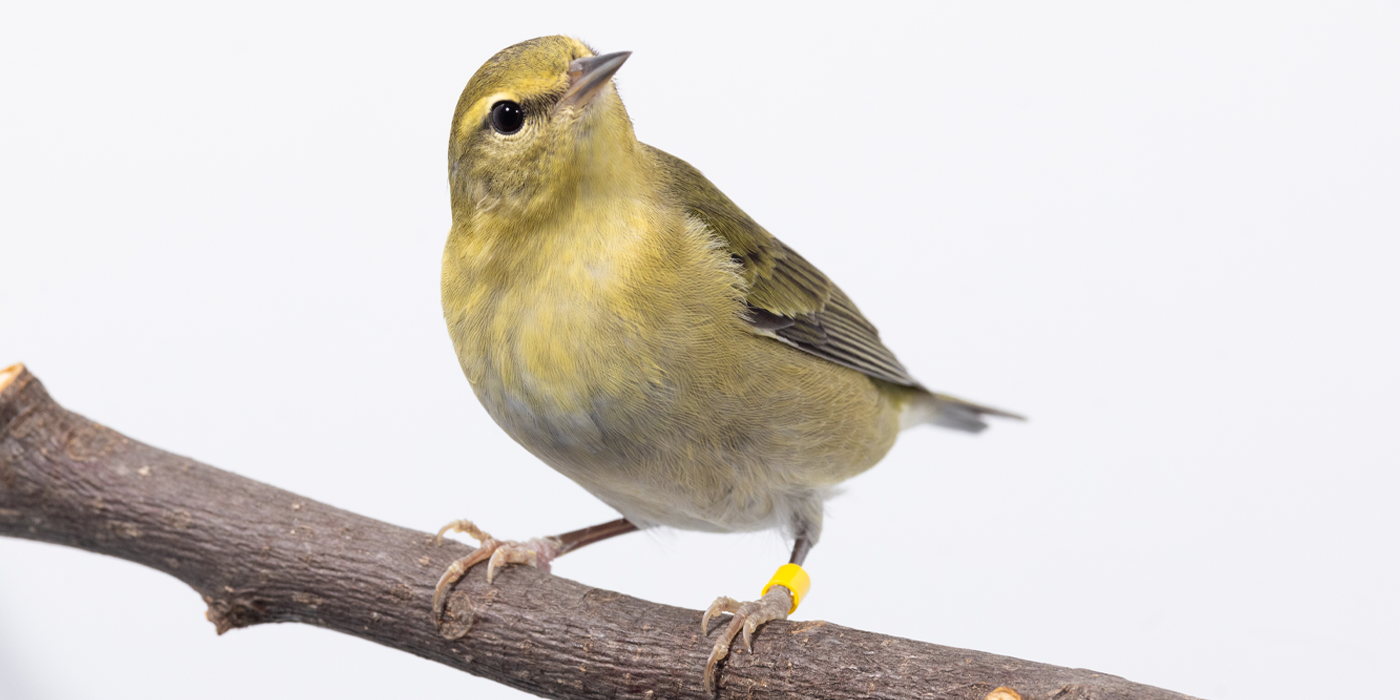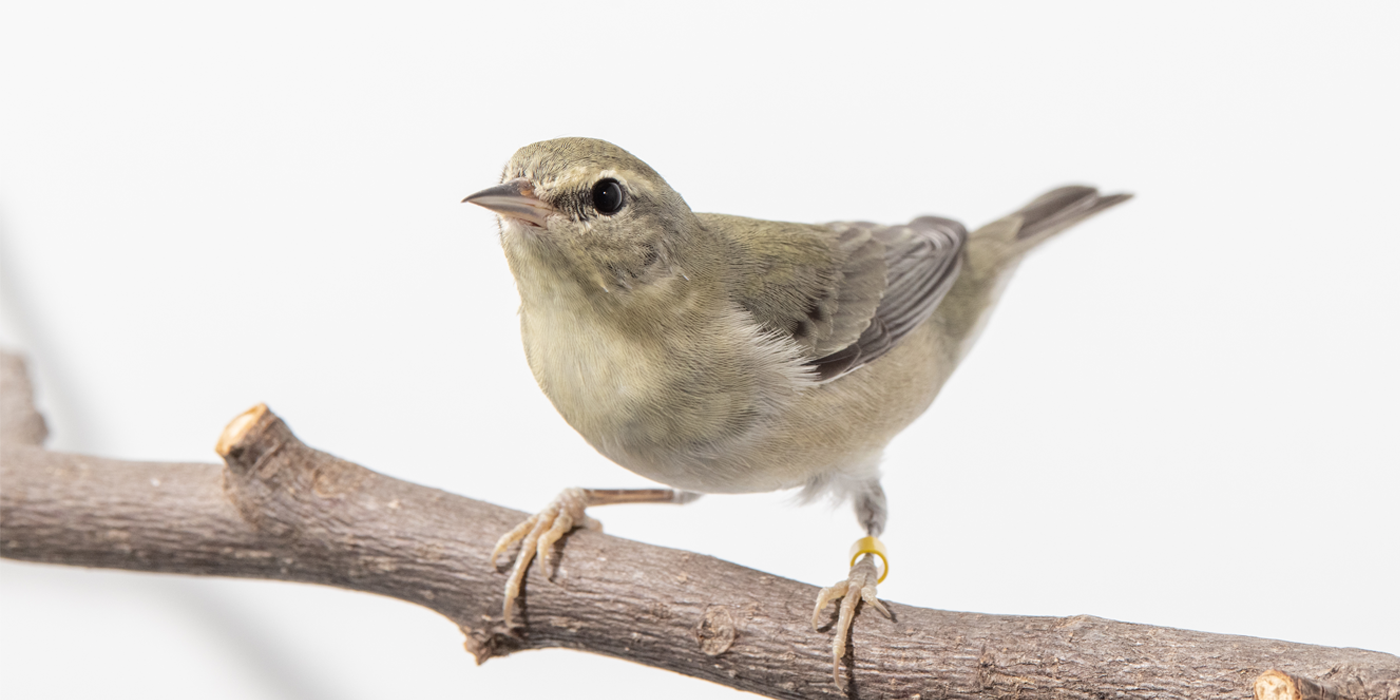Physical Description
Tennessee warblers are tiny, greenish birds with short tails and sharply pointed bills. Males in their breeding colors are marked by their gray heads with a white line over the eye, yellowish-green back and whitish-gray belly. Females generally show more yellow, especially on the underside. They are often mistaken for the orange-crowned warbler but can be distinguished by their white undertail feathers.
Size
Native Habitat
They can be found in woodlands, forest edges, and shrubby areas, typically high above the ground. During migration they are often found among flowering trees; in their wintering areas, they favor shaded coffee farms and plantations.
In the spring and summer, these birds migrate from their winter homes in Central and South America to their breeding grounds in the northern United States and Canada, passing through much of North America along the way. Occasionally, vagrants are found in northern Europe.
Lifespan
Communication
Food/Eating Habits
During the breeding season, insects make up the bulk of their diet. They forage for caterpillars, beetles, and other insects high in the forest canopy. A common prey animal is the spruce bedworm.
During migration and winter, Tennessee warblers will expand their diets to include berries and nectar. Often referred to as "nectar thieves," they feed by poking a hole in the bottoms of flowers to drain out and drink nectar without contributing to the flower's pollination.
Social Structure
Reproduction and Development
Conservation Efforts
Help this Species
- Reduce, reuse and recycle — in that order! Cut back on single-use goods, and find creative ways to reuse products at the end of their life cycle. Choose recycling over trash when possible.
- Be a smart consumer. Choose products made with sustainable ingredients, such as Smithsonian certified Bird Friendly coffees, which support farmers striving to limit their impact on wildlife and habitat.
- Be a responsible cat owner, and keep cats indoors or under restraint when outside. Never release animals that have been kept as pets into the wild.
- Conservation starts with you! Join a citizen science project, such as FrogWatch or Neighborhood Nestwatch, where you can help collect valuable data for scientists. Encourage your friends and family to get involved too.
- Plant native flowers in your garden to help feed resident and migrating pollinators. You'll make your lawn beautiful and help wildlife at the same time!
Animal News

Leaf-tailed Gecko Treated for Skin Cancer With Chemotherapy




